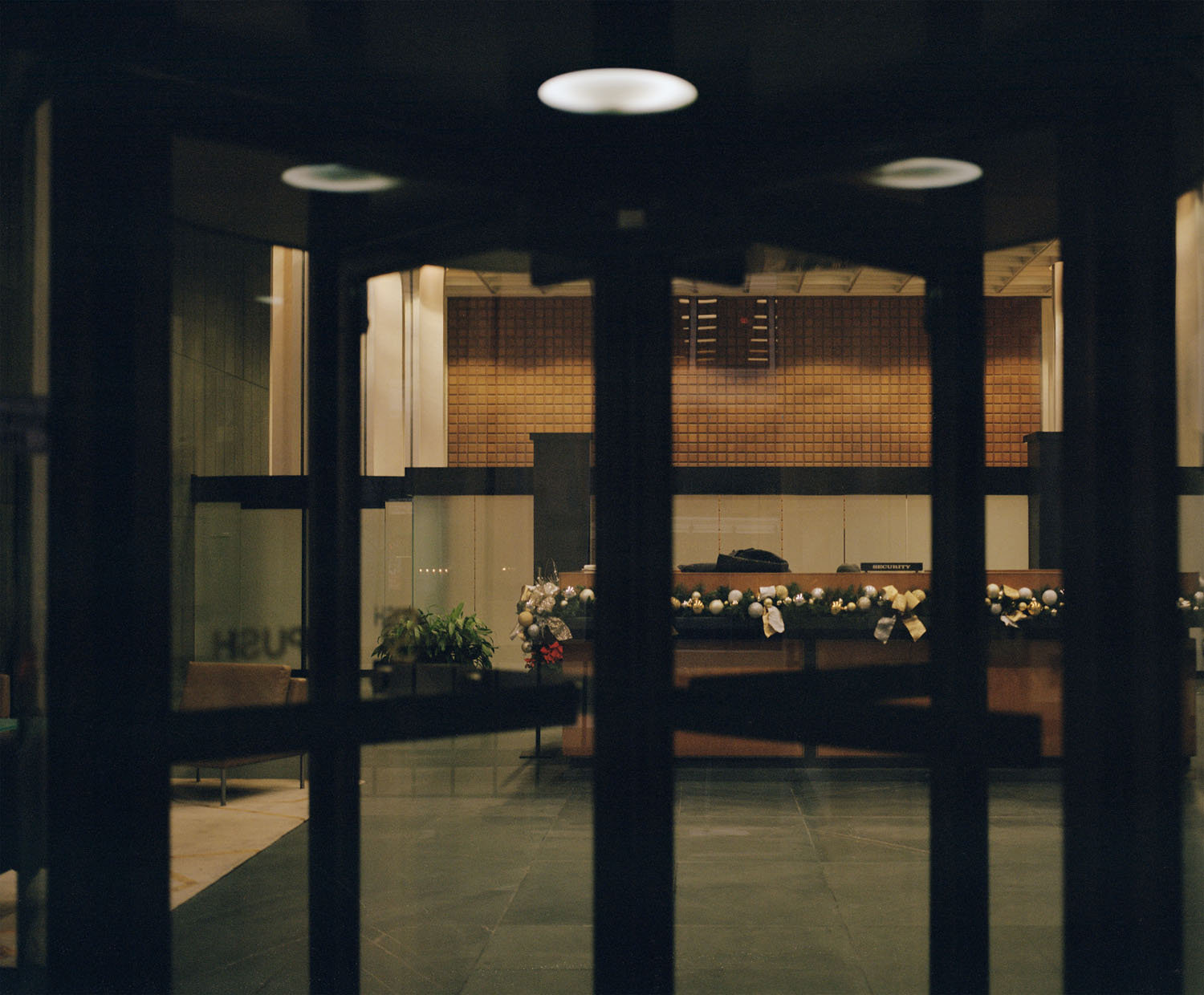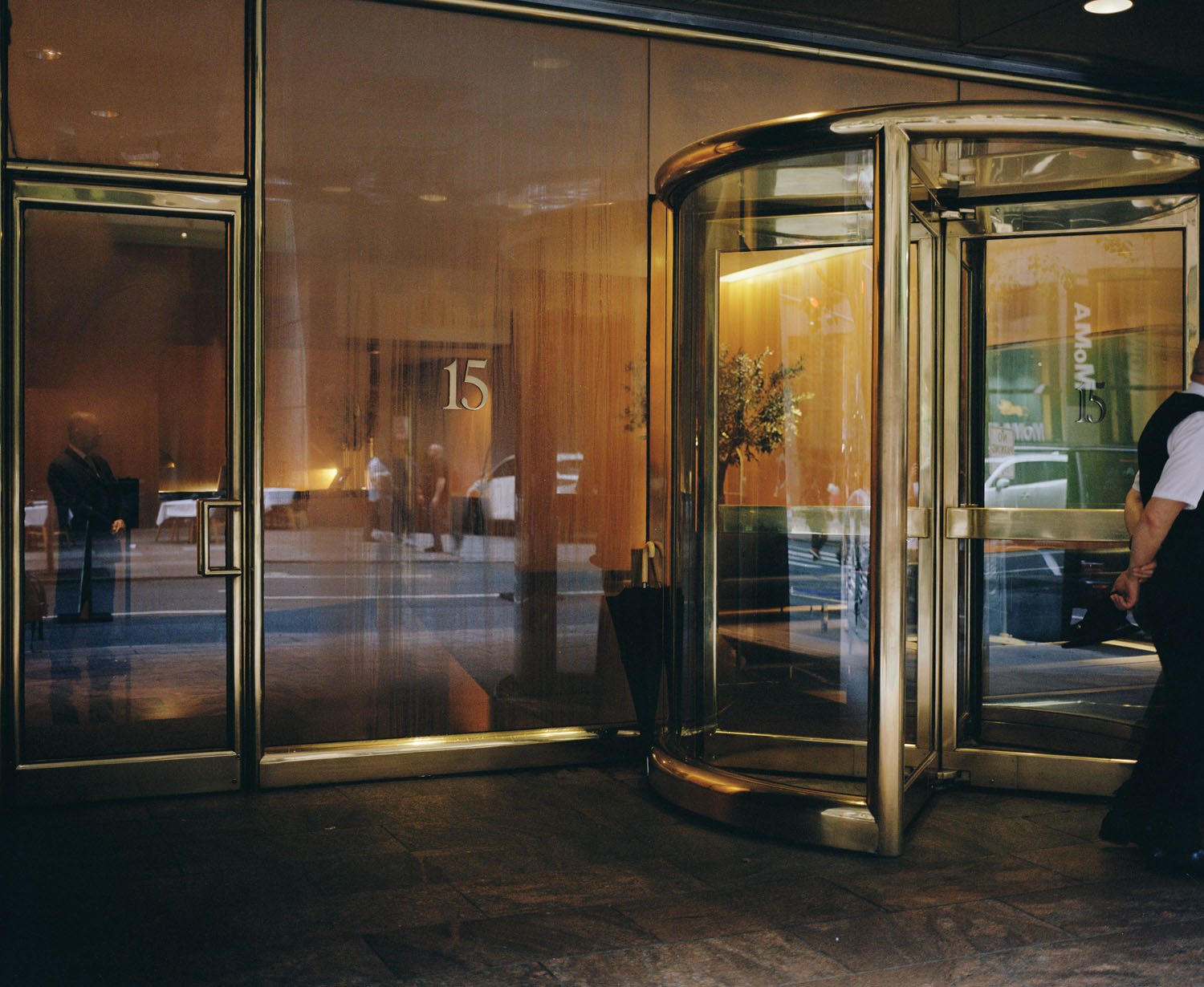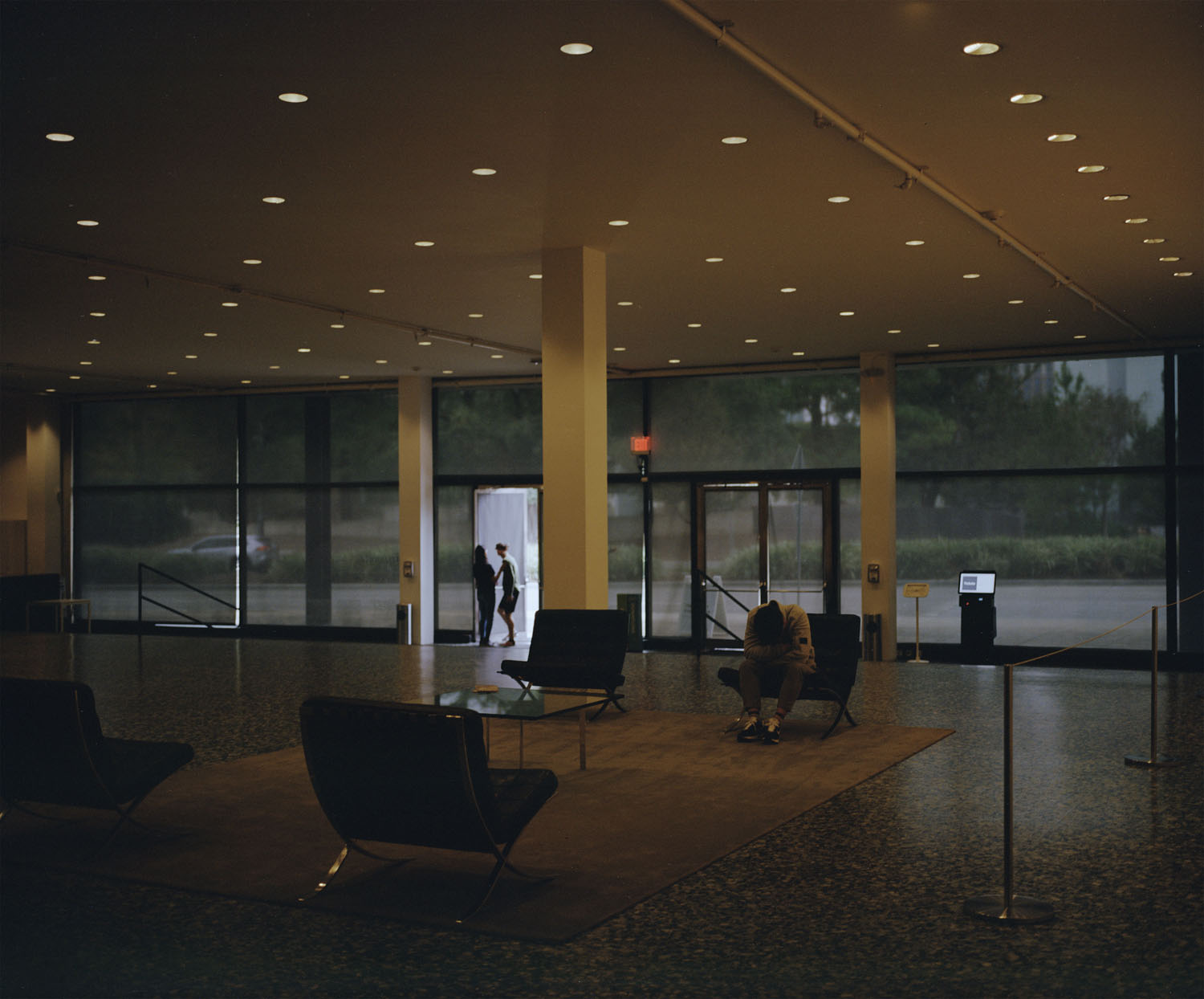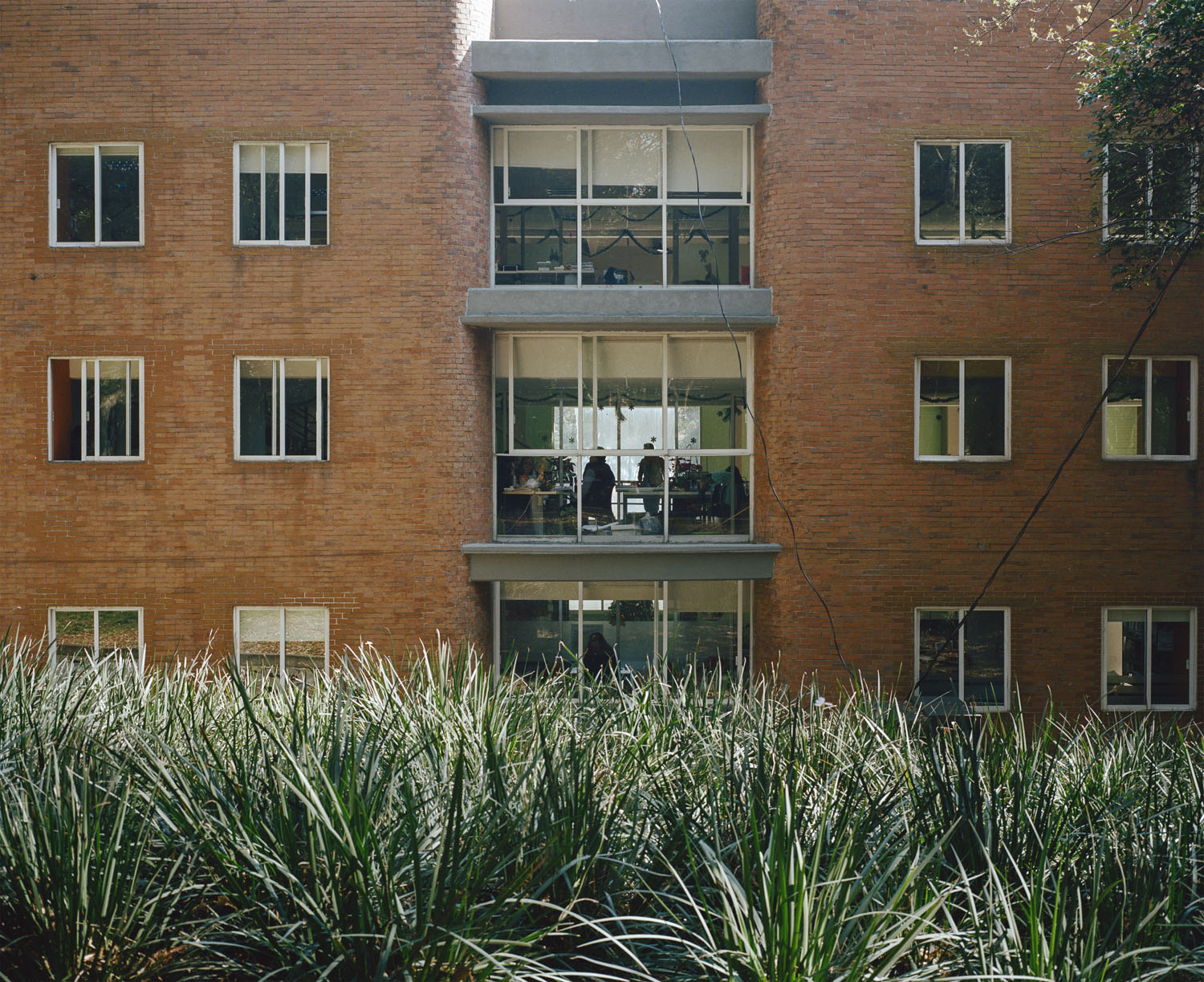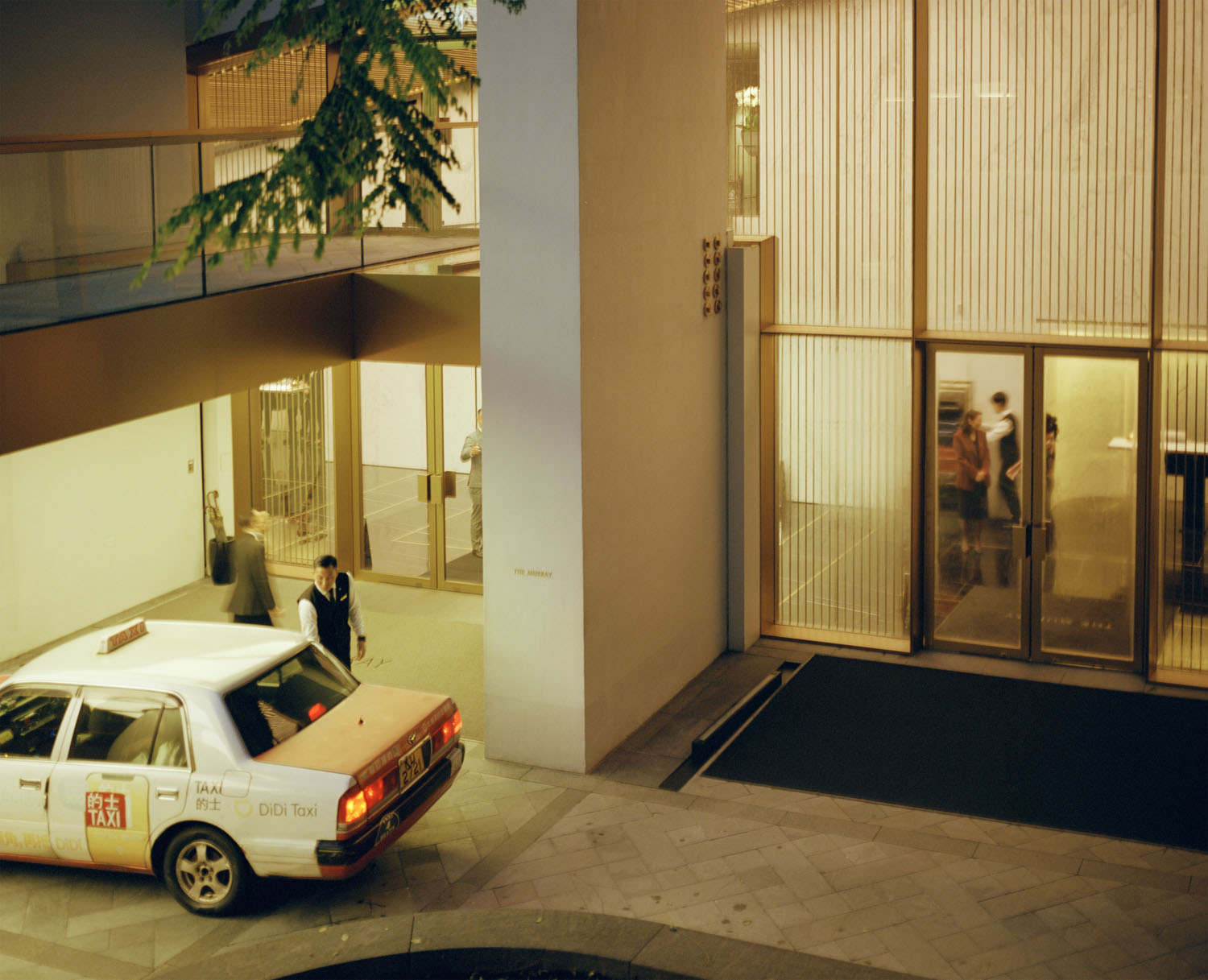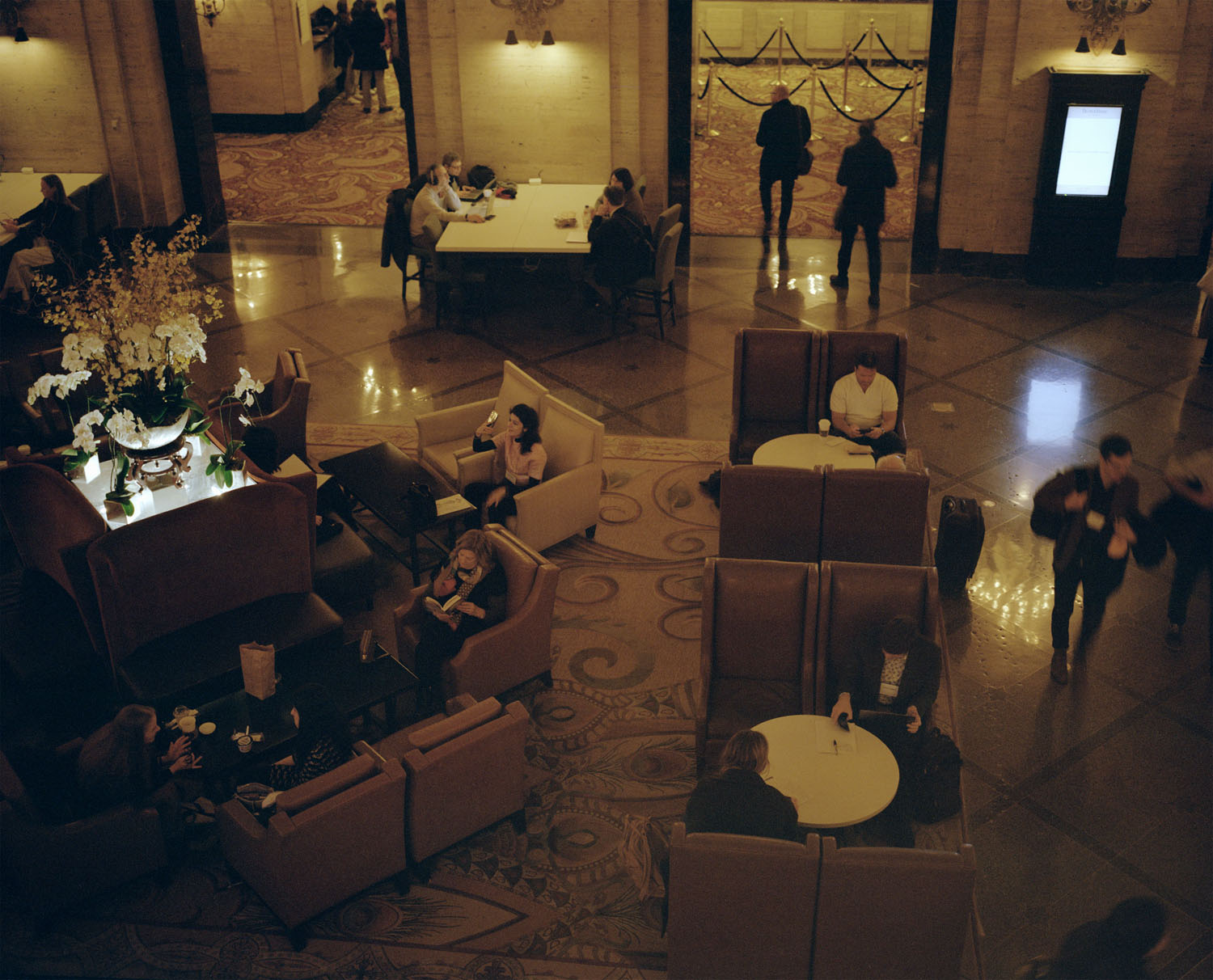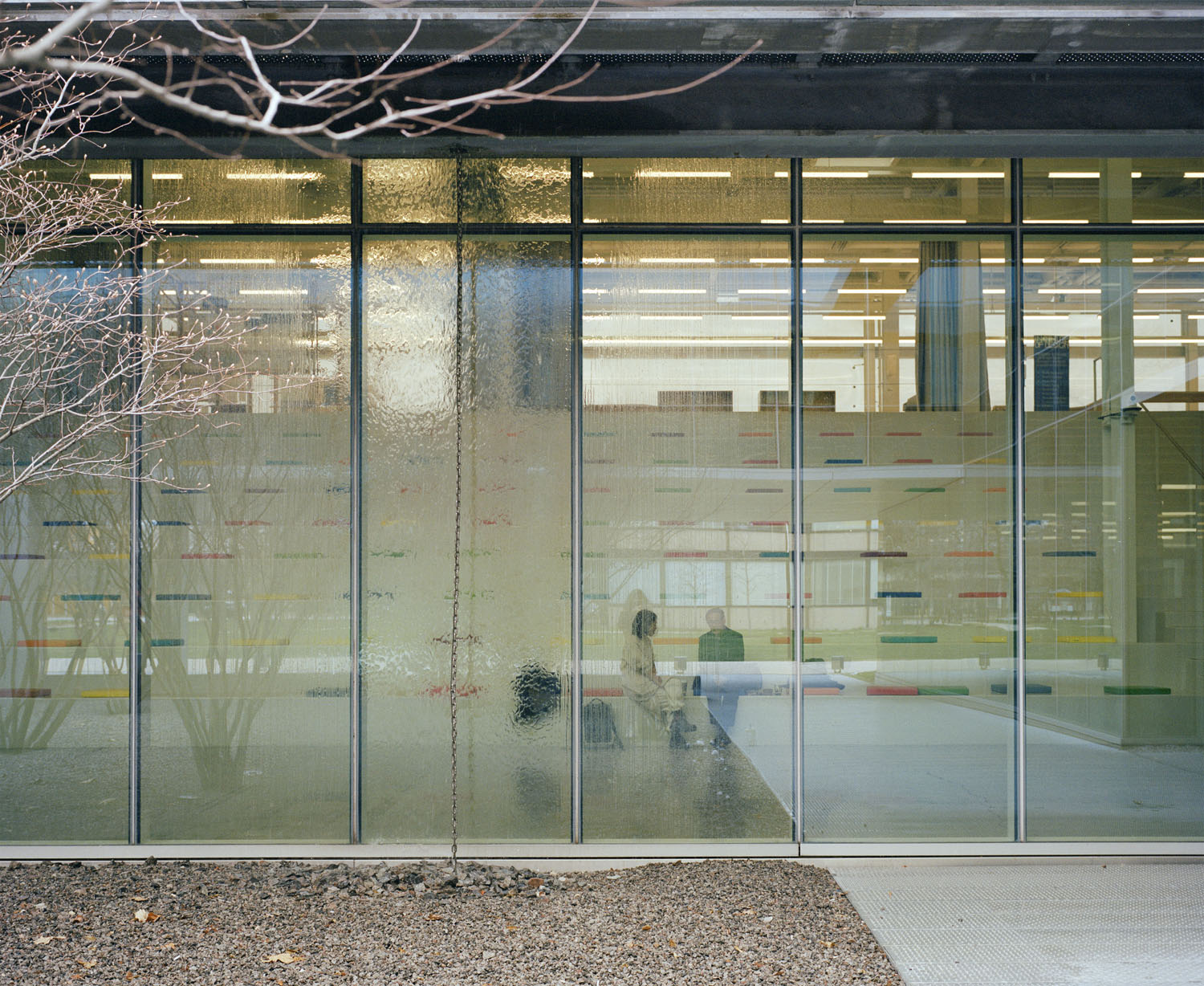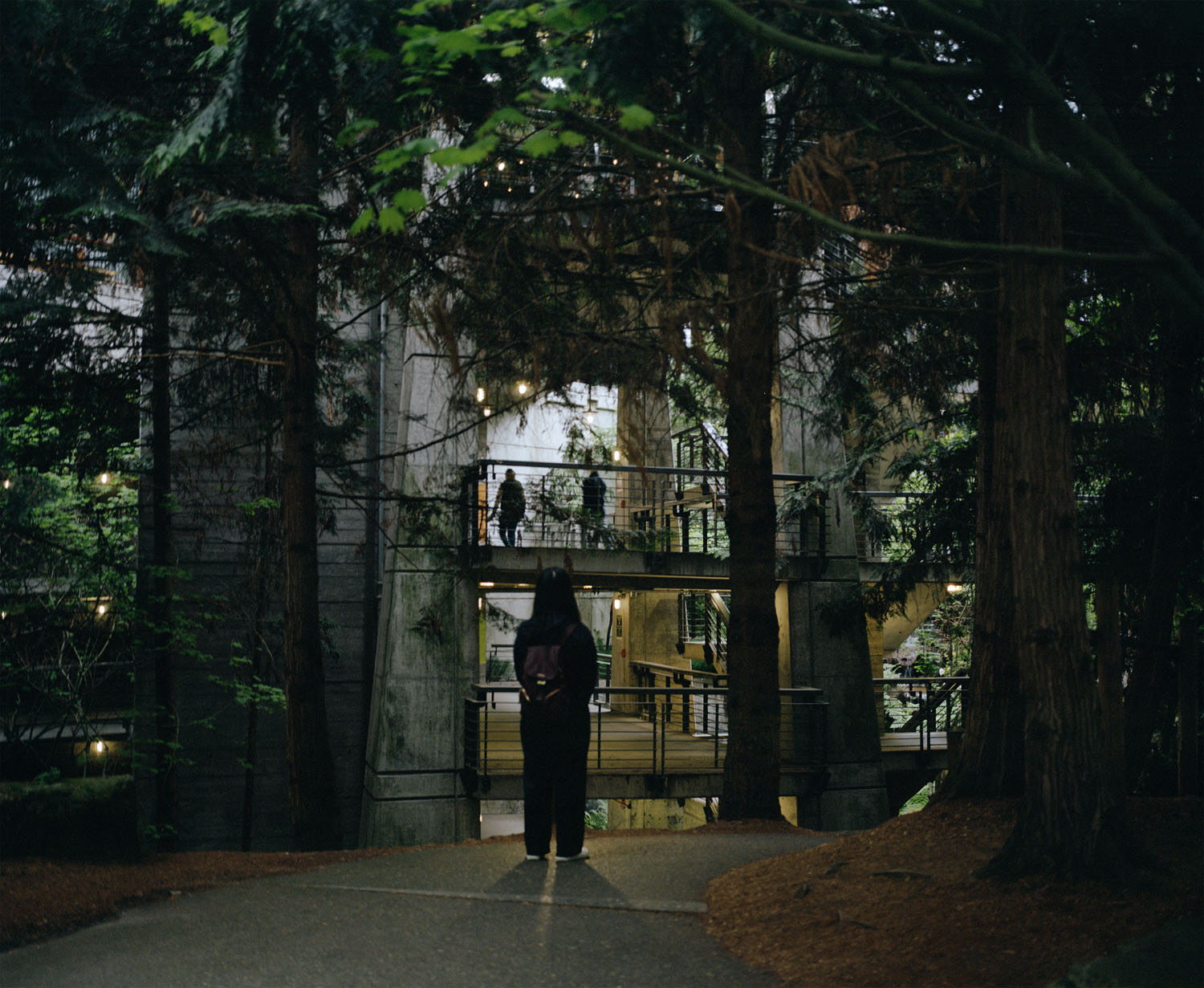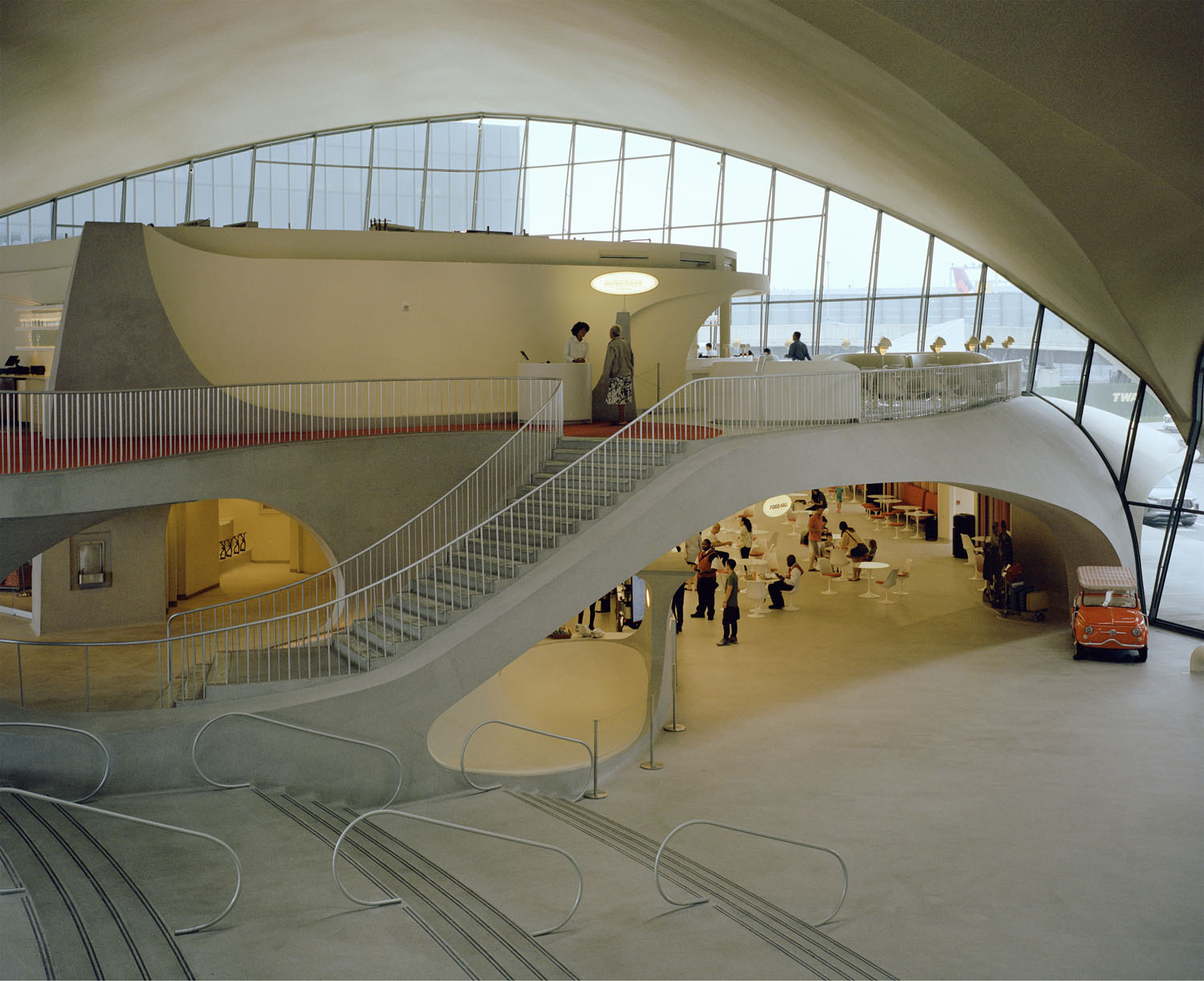Xinyu Liu (born 1996, Hangzhou, China) is a visual artist and photographer currently based in Eugene, Oregon. He is interested in the social function of urban landscape and visibility of architecture’s power implications. His work also concerns the conflicts between personal memories and overarching narratives of history. In his practice, Xinyu reconstructs psychological landscapes that transform historically significant sites into narrative memories as a condition of retaining the past. Through this process, he not only traces his own resonance within modern infrastructure but also reveals the interconnected structures that lie beneath the façade of democracy.
He is currently an MFA candidate at the University of Oregon, winner of Urbanautica Institute Award 2023, Jan Zach Memorial Scholarship and Alona Fischer Scholarship Fund Award, and recipient of Nature Art Post-85s Young Photographers Foundation Award. In the past year, his works has been shown in gallery in Portland, Fukuoka, Athens, Eugene and Shanghai.
My photographic project Through the Revolving Door stems from my fugitive desire to navigate “semi-public” spaces such as hotel lobbies, airport lounges, and shopping mall atriums — venues that appear accessible yet impose invisible constraints. Echoing the concerns articulated by urbanist theorists like Michael Sorkin, who highlight the diminishing presence of true public spaces and its repercussions on social dynamics amid pervasive privatization, my project aims to transgress the thresholds of these institutional spaces and unravel the spatial logic embedded within them.
The series begins by scrutinizing the facade, whether manifested through doors or windows, as a symbolic gateway subjected to monitoring and mediation by the overseeing institution. This scrutiny extends to the determination of opaque accessibility to resources, unraveling the spatial utility of these entry points as sites of engagement and communication. Through my lens, the revolving door becomes a metaphorical threshold. Incorporating Situationist’s practice of “psychogeography,” the project aims to capture not only physical barriers but also the "optical unconscious" that Walter Benjamin describes — those hidden, often unseen forces shaping our interaction with these spaces.
Through the Revolving Door acknowledges the semiotics and vantage points established by architecture photography, yet subverts audiences’ expectations in its representational form. Conceptually, I draw on Henri Lefebvre’s concept of "spatial triad,” recognizing the layers of “conceived space”(architecture studio shots that indicate its intended functions before occupation) and “perceived space” (the timeless, romanticized view of architecture) as the premise, but choose to further emphasize the “lived space” where everyday social interactions occur. Formally, my photographs counterpose transient human presences against concrete urban landscapes, creating tensions and micro-narratives that remain intentionally unresolved, evoking the layered ambiguity inherent in semi-public spaces with narrative suspension. Instead of capturing architecture as passive backdrops, my photos become illuminated windows into psychological landscapes actively produced by social practices, economic forces, and power dynamics, suggesting a world beyond the frame.
